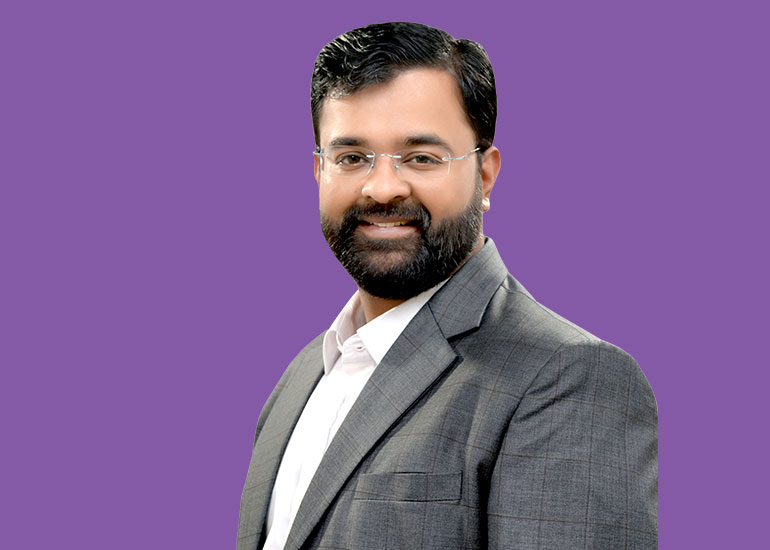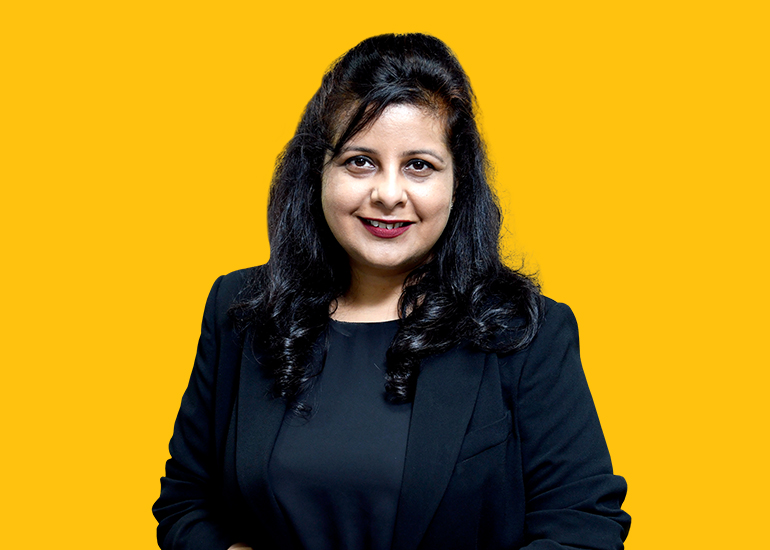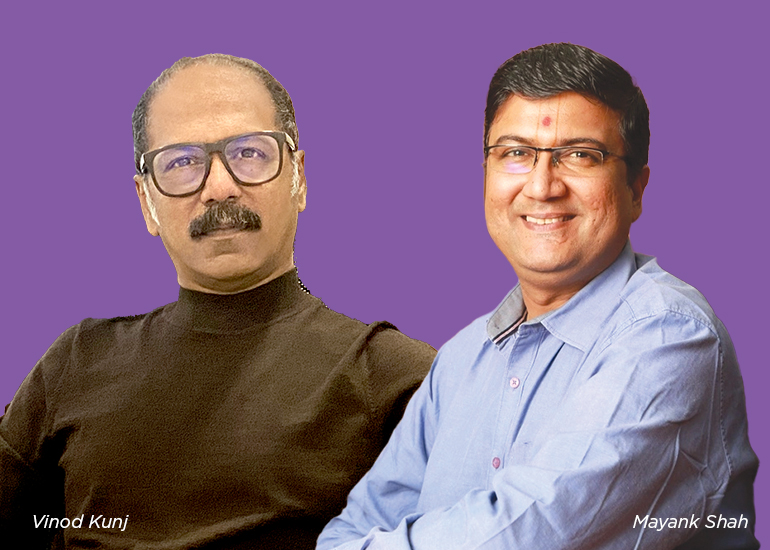Q] How was the last year for Motorola from a global perspective?
In Europe, the Middle East, and Africa, we are growing at a double-digit and are becoming highly profitable. Within the APAC region, we’ve grown at a 41% to market year-over-year versus versus 2022.
During the Q1 in India, the market declined by 14%. But, we have not just grown at a premium to market but grown at a significantly positive rate. In India, specifically, we’ve doubled our premium portfolio by 2X versus 2022. We have grown our 5G portfolio by 8X versus 2022, and we’ve doubled year-over-year. We continue to grow every quarter at a strong double-digit to market growth. Whatever the market, we will be capturing shares from other players and growing, and we aim to sustain this, consistently.
Q] What is Motorola’s media plan, and which medium takes the lion’s share?
The number varies from quarter to quarter and depends on the strategy for the product. Extremely premium products might be skewed more towards retail, and those in the mid or mass segment are skewed towards digital. Traditionally, we’ve been digitally heavy, and with our approach to ROI centricity and measurability, we have heavier investments on Digital platforms. So, even if you look at our ATL investments, if it is for out-of-home, it will be Digital Out-Of-Home. It is not the standard out-of-home. So, whether it is the societies or the airports, it is digital out-of-home or DOOH. Of course, it is ATL and high impact, but if you want to understand the overall skew, in terms of platforms, digital will continue to lead and will be more than 50 percent.
In addition, we’re also looking at ATL investments beyond digital because in offline channels the person doesn’t need to be digitally savvy. There are cinemas where we are targetting key movies for advertising both inside and outside the theatre. We are also looking at partnering with key television networks where we can drive high frequency on a sustained basis at a significant reach.

Q] What is the all-encompassing marketing outlook for the brand? Also, is there any principle you follow when it comes to measurement?
ROI is important from a commercial perspective, the approach is to ensure that the media is measurable, trackable, can be optimized quickly, and measured against the sale of the product. That’s a principle that we use not just across APAC, but across the entire globe because if you’re in the business of selling smartphones, the industry is extremely competitive, and it’s a very cluttered market, especially in India.
The way we measure metrics is not just related to awareness, consideration, and purchase intent, but we also measure the impact through how searches are getting affected. One of the direct correlations that we’ve seen concerning sell-out is an increase in searches, which means that consumers are actively searching for products, have the intent to purchase the product and not just on Google, but even on marketplaces like Flipkart, Amazon, etc. The moment you see a build-up in searches for the product, it means that the communication or media investments that you’re making are reaching the right people.
Q] How fruitful has your collaboration been with e-commerce platforms and how has the marketing on these sales channels been for direct conversions?
If you look at the overall market share in India from a smartphone perspective, it is roughly about 55 percent online and 45 percent retail. Hence, it becomes extremely important for us to plan, strategize, and deploy our marketing strategies based on that. We operate on both Flipkart as well as Amazon, both these platforms work slightly differently and hence we have to optimize our media strategy and their entire funnel according to that. When we partner with the marketplaces, we work very closely with the teams to understand what exactly is the measurement parameter, and what works to drive conversions on the platform.
Each of the platforms has its metrics on what drives sell-out for you. For Flipkart, for example, the entire strategy is based on driving searches on the platform and hence you will have to optimize your media with elements and channels that drive searches on the platform. Now there is a difference between Google searches and Flipkart searches, but there is a correlation.
If you were getting X number of searches on Google, you will get, say, Y number of searches on Flipkart, and that changes as you go toward the bottom of the funnel. The lower you go down in the funnel for a product, the more searches you’ll have on the actual marketplace because that’s where the people are looking to buy the product from. When it comes to Amazon, while search is one of the parameters, they focus on driving ‘notify me’ and page views. These are the two important metrics for Amazon. Then again, the way you drive media, the kind of traffic, and the objectives change. The objectives are different; hence you have to optimize the media differently.
Q] Please share a few insights on the hyperlocal marketing initiatives of the brand.
It’s important for us to not be dissociated from the local audience. So, in our creative approach, we use a mix of global creatives, top-performing global assets, as well as local creatives, local propositions or commercials, ad films, and even local ambassadors. Our hyperlocal marketing intends to increase the touch points where consumers can touch, feel, and experience our product, which makes retail extremely important. We’ve been investing significantly in retail to expand our footprint as well as to create experiences for consumers where they’re able to see the difference that Motorola brings to the table.
These are things you can’t show visually through a video or static per se. We have an approach of not having exclusive stores, but we are getting into strong partnerships with key modern trade brands, and general trade, where we are looking at multi-brand outlets. Here we put our fixtures, promoters, visibility elements, demos, and create an end-to-end experience for the consumer to drive consideration and purchase intent. We are investing in the point of sale, POSM, promoters, training, etc., to ensure that the products have visible demos as well. We’re targeting societies that are in the catchment area for retail outlets, and within the societies we direct communication specific to the closest outlet, to drive footfall. Instead of doing a generic communication within a society, the call to action is the specific retail store.























